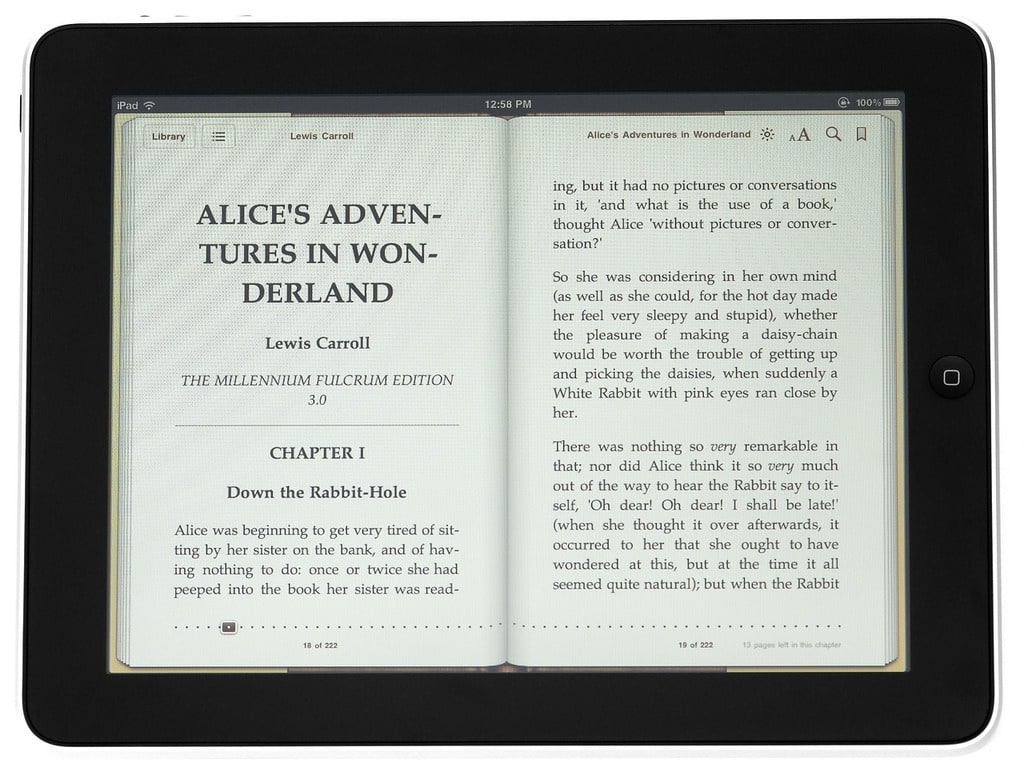The ever-evolving landscape of contemporary art is a testament to the boundless creativity and innovative spirit of artists today. This dynamic realm constantly shifts, reflecting societal changes, technological advancements, and new artistic philosophies. As contemporary art continues to expand its boundaries, several key trends have emerged, capturing the imagination of both artists and audiences alike.
Current Trends in Contemporary Art
One of the most significant trends in contemporary art is the integration of technology. Artists are increasingly using digital tools and platforms to create and share their work. This includes everything from digital painting and 3D modeling to virtual reality (VR) and augmented reality (AR) experiences. These technologies not only offer new mediums for artistic expression but also transform the way audiences engage with art. VR and AR, for instance, allow viewers to immerse themselves in virtual galleries or interact with digital sculptures in ways that were previously unimaginable.
Another trend that has gained prominence is the focus on sustainability and environmental themes. Many contemporary artists are responding to the urgent issue of climate change by incorporating eco-friendly materials into their work or by creating pieces that raise awareness about environmental degradation. This shift reflects a growing consciousness about the role of art in advocating for social and ecological responsibility. Through their work, artists highlight the beauty of nature and the pressing need to protect it, fostering a deeper connection between art and activism.

The Rise of Multidisciplinary Practices
Contemporary art is increasingly characterized by multidisciplinary practices, where artists blend various forms of media and techniques to create unique works. This approach often involves combining traditional art forms, such as painting and sculpture, with new media, such as video and sound art. By doing so, artists can explore complex themes and narratives that resonate on multiple sensory levels. This fusion of disciplines not only enriches the artistic experience but also challenges conventional notions of what art can be.
In addition to this blending of mediums, there is a growing trend of collaboration between artists and professionals from other fields. Scientists, engineers, and designers frequently work alongside artists to produce innovative and thought-provoking pieces. These collaborations often lead to groundbreaking projects that push the boundaries of both art and technology, resulting in works that are as intellectually stimulating as they are visually captivating.
Art as a Tool for Social Commentary
Art has long been a powerful medium for social commentary, and this trend is especially evident in contemporary practices. Many artists are using their work to address pressing social issues such as inequality, racism, and political unrest. Through their art, they aim to spark dialogue, provoke thought, and inspire change. This socially engaged art often involves participatory elements, inviting audiences to become active participants in the artistic process. This not only makes the art more accessible but also empowers viewers to reflect on and contribute to the discussions around these critical issues.
In exploring these social themes, contemporary artists often draw on personal experiences and cultural heritage. This adds a layer of authenticity and emotional depth to their work, making it resonate more profoundly with audiences. By sharing their unique perspectives, artists contribute to a more inclusive and diverse artistic landscape, where multiple voices and stories are represented.
Notable Features of Contemporary Art Trends
To summarize, here are some notable features that characterize the current trends in contemporary art:
- Integration of technology: digital tools, VR, AR, and online platforms are becoming central to art creation and exhibition.
- Sustainability: use of eco-friendly materials and themes related to climate change and environmental protection.
- Multidisciplinary practices: blending of various art forms and collaboration with professionals from other fields.
- Social commentary: art addressing social issues, inviting participation, and promoting dialogue.
Future Directions in Contemporary Art
Looking ahead, contemporary art is likely to continue evolving in response to technological advancements and societal changes. One possible direction is the increased use of artificial intelligence (AI) in art creation. AI algorithms can generate unique artworks, analyze artistic trends, and even collaborate with human artists to produce innovative pieces. This raises intriguing questions about authorship, creativity, and the future role of artists in a world where machines can also create art.
Another potential trend is the growing importance of global perspectives. As the world becomes more interconnected, artists from diverse cultural backgrounds are gaining greater visibility. This enriches the global art scene with a multitude of voices and experiences, fostering cross-cultural understanding and appreciation. The exchange of ideas across borders will likely lead to new forms of artistic expression and collaboration, further expanding the horizons of contemporary art.
In conclusion, contemporary art is a vibrant and ever-changing field that reflects the complexities of our world. By embracing new technologies, addressing pressing social issues, and exploring multidisciplinary practices, contemporary artists are pushing the boundaries of what art can achieve. As they continue to innovate and inspire, the future of contemporary art promises to be as dynamic and diverse as the world we live in.
